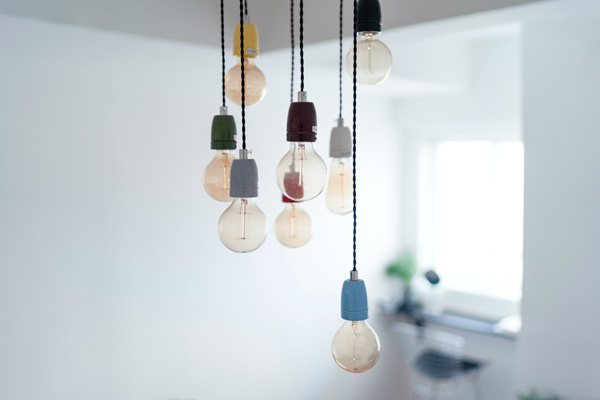
How To Improve Your Rental Property’s Energy Efficiency
With soaring energy wholesale prices, there has never been a better time to improve your rental property’s energy efficiency.
If utilities are included in your tenants’ agreement, making changes to the property could stop the imminent price hike from eating into your profit. If your tenant pays the bills, you’re more likely to keep them for longer if you can help make the property more efficient for them.
Improve your rental property’s energy efficiency: 4 quick wins
#1 Consider a new boiler
Over 50% of your yearly energy bill goes on heating, so updating your boiler is a great way to improve your rental property’s energy efficiency.
Boiler technology advances at a surprisingly rapid rate so, if you’re unsure how old the boiler is in your property, it’s worth exploring the idea of an upgrade even it looks in good condition.
You need a boiler that is at least 88% efficient by law, but with a leading model, you can achieve an efficiency rating of over 90%. An upgrade like this from an old boiler could save you up to £350 per year on an average detached property.
If the efficiency of your boiler is up to standard, there are a few other ways you could save money on central heating:
Heating controls – A room thermostat, thermostatic radiator valves and a heating timer can all help increase the efficiency of the heating system in your property.
Heat recovery device – These work by capturing any heat generated by the boiler that might usually escape through the flue and use it to heat the water. However, these are only available for combi boilers.
Hot water cylinders – If you have an old water cylinder in your rental property, increasing the insulation to 80mm could save around £18 per year (every little bit helps!)
#2 Eliminate draughts
If you know your rental property is particularly draughty, it may be time to invest in more energy-efficient windows. With a wide range of frame materials used and double or triple-glazed options, there are plenty to choose from. All these variations have an impact on how well the window prevents heat from escaping and drafts entering. Luckily, windows are rated on an energy scale which can help you make an informed decision.
There are many other benefits to replacing old windows in your rental property, including additional insulation, increased security, reduced risk of damp and soundproofing – all very desirable benefits for any tenant.
If you’re happy the windows in your rental property are sufficient, there are a few other ways to draught-proof your property:
- seal cracks in floors and skirting boards
- close-off any unused chimneys
- even hanging thicker curtains can help keep your rental property warmer
#3 Insulation
Loft insulation is a quick, easy, and pretty cheap way to reduce heat loss and improve your rental property’s energy efficiency. On average, loft insulation will cost around £20 to cover approx. 8-square meters and can cut your energy bills by up to £300 per year. You could even take it one step further and insulate the walls too for even greater savings.
Thermal rendering is another good option. Not only will your property look great with a newly rendered exterior but using insulated render will help keep the cold out, the heat in and reduce condensation and mould growth.
#4 LED lighting
LED bulbs are far more energy-efficient than standard bulbs and are a quick win when it comes to improving your rental property’s energy efficiency.
Around 15% of the average household electricity consumption comes from lighting. By replacing all the bulbs in your property, you can reduce the CO² emissions by up to 40kg per year and save money on your bills:
- Switching a 100-watt incandescent to an LED saves £7 per bulb per year
- Switching a 50-watt halogen bulb to an LED saves £3 per bulb per year
There are other ways to reduce that 15% of electricity consumption too:
Arrange switches near doors – By doing this, you can make it easier for tenants to remember to switch off lights when they leave a room.
Provide lamps – If your rental property is furnished, put lamps in bedrooms and lounges to discourage main lights from being used unnecessarily.
Sensors and timers – Make sure any outside lighting is on a sensor or timer.
Come 2025, the Energy Performance Certification (EPC) requirements for rental properties will change. While previously properties needed to achieve a minimum E rating to enter the rental market, properties will need to gain a C rating – a significant jump.
With this and the energy price rise in mind, there’s never been a better time to consider making energy efficiency improvements to your rental property. Not only will it save you money, but it will also help future-proof your investment, increasing its appeal to your current tenants and those to come.
We work with a great team of trusted tradesmen and have a wealth of experience in what a tenant looks for in a property. We can even manage the project for you!